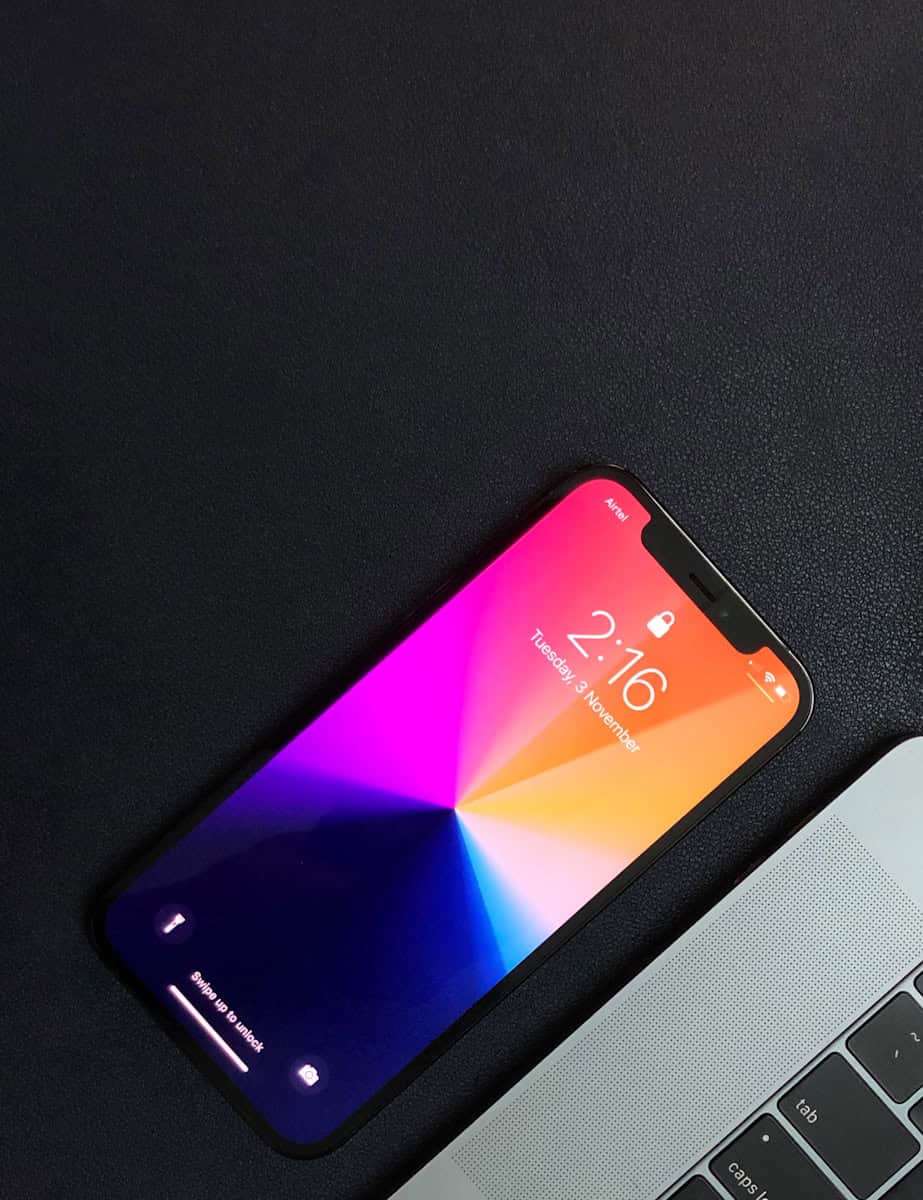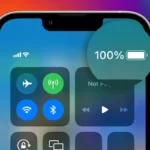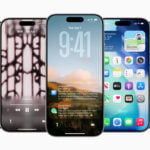The iPhone in 2030 will be very advanced – in some ways that we would expect, and others that we probably can’t even predict. It will have a new design, be faster, and provide a better user experience. The future iPhone will likely have foldable displays and haptic feedback, making it more versatile. It may also include augmented and virtual reality features, changing how users interact with their devices. Apple aims to make future iPhones more environmentally friendly by reducing their carbon impact and improving recycling processes. This will likely influence the materials used and the lifespan of the product.
The Future of iPhone: A Glimpse into 2030
Design and Form Factor
In 2030, iPhones might look vastly different from today’s models. Imagine a sleek, seamless device with a flexible, foldable display that expands for immersive viewing and shrinks for portability. The camera bump might disappear, replaced by advanced lens technology embedded under the screen. Biometric authentication could evolve beyond Face ID, utilizing under-display fingerprint sensors or even iris recognition for enhanced security.
Performance and Connectivity
By 2030, iPhone processors could be exponentially faster and more energy-efficient, enabling lightning-fast performance and extended battery life. 6G connectivity is likely to be the norm, offering incredibly fast data speeds and low latency for seamless augmented reality (AR) and virtual reality (VR) experiences.
Camera Capabilities
iPhone cameras in 2030 could boast mind-blowing capabilities. Expect to see advanced computational photography techniques that produce stunning images even in low-light conditions. 8K video recording might be standard, along with sophisticated image stabilization and real-time object recognition.
Software and AI Integration
Siri, Apple’s voice assistant, will likely be far more intelligent and intuitive in 2030. It could anticipate your needs, proactively offer suggestions, and even engage in natural, conversational interactions. AI-powered features might extend to other aspects of the iPhone experience, such as personalized recommendations, advanced language translation, and enhanced health monitoring.
Potential iPhone Features in 2030
| Feature | Description |
|---|---|
| Foldable/Flexible Display | Expanding screen for immersive viewing, shrinking for portability |
| Under-Display Camera | Seamless design, no camera bump |
| Advanced Biometric Authentication | Under-display fingerprint sensor, iris recognition |
| 6G Connectivity | Blazing-fast data speeds, low latency for AR/VR |
| 8K Video Recording | High-resolution video capture |
| Computational Photography | Stunning images in any lighting condition |
| Intelligent Siri | Proactive suggestions, natural conversations |
| AI-Powered Features | Personalized recommendations, language translation, health monitoring |
| Holographic Display | 3D visuals without glasses (still speculative) |
| Battery Breakthroughs | Week-long battery life, innovative charging methods (e.g., solar, kinetic) |
Sustainability and Ethical Considerations
Apple’s commitment to sustainability might lead to iPhones in 2030 being made from more recycled materials and designed for easy repair and recycling. Ethical concerns surrounding AI and data privacy will likely be addressed through transparent practices and user-centric controls.
Key Takeaways
- Future iPhones are predicted to feature advanced foldable and haptic technology.
- Augmented and virtual reality may change user interaction with smartphones.
- Sustainability will play a significant role in the design and life cycle of iPhones.
Technological Advancements in iPhone Design and Features
By 2030, iPhone design and technology have significantly changed. They bring new ways for users to interact with their devices through displays, cameras, and artificial intelligence.
Evolution of iPhone Displays and User Interface
The iPhone display now stretches to all edges. There is no notch. Instead, a dynamic island gives users a fluid and immersive experience. Display technology has leaped to foldable screens. They offer more screen space while maintaining a compact form. With augmented reality integration, the user interface combines the digital and real worlds smoothly.
Revolutionizing Photography with Advanced Camera Systems
The iPhone’s camera systems have evolved. They offer features that were once professional-only. Improved sensors and Ai help the camera capture stunning images even in low light. Zoom and focus are precise. Augmented reality is now a standard feature. It gives more depth and context to photos, transforming smartphone photography completely.
Integrating AI and Machine Learning
AI and machine learning have become core to the iPhone’s function. They make the phone smarter and more efficient. With Ai, iPhones learn user habits. This way, they offer a personalized experience. Machine learning enhances everything from battery life prediction to the accuracy of voice commands. The iPhone is now an extension of the user, anticipating their needs and actions.
Sustainability and Impact on Environment
Apple’s 2030 vision includes a transition to carbon neutrality. This means they aim to have no net climate impact from carbon emissions. This section looks at how they plan to make that happen.
Apple’s Environmental Policies and Carbon Footprint Reduction
Apple has set clear goals for reducing its carbon footprint. By 2030, the company aims to bring its net emissions down to zero. For this, they are employing renewable materials and clean electricity in manufacturing. Apple has also reported a significant cut in emissions for its iPhone 13 Pro by 11 percent and the MacBook Pro by 8 percent compared to past versions.
Efforts Toward Sustainability in the Supply Chain
The supply chain is a critical part of Apple’s approach to sustainability. They focus on renewable energy and recycled materials to lessen the environmental impact. For instance, they use 100% recycled cobalt in iPhone 15 batteries. They also partner with suppliers who commit to clean energy practices, further reducing the climate impact of their products.
Renewable Energy Usage and Clean Energy Initiatives
Investing in renewable energy is at the core of Apple’s strategies for reaching its environmental goals. The company supports the development of solar and wind projects globally to power its operations with clean energy. These initiatives play a crucial role in their push towards a carbon-neutral status by 2030.







